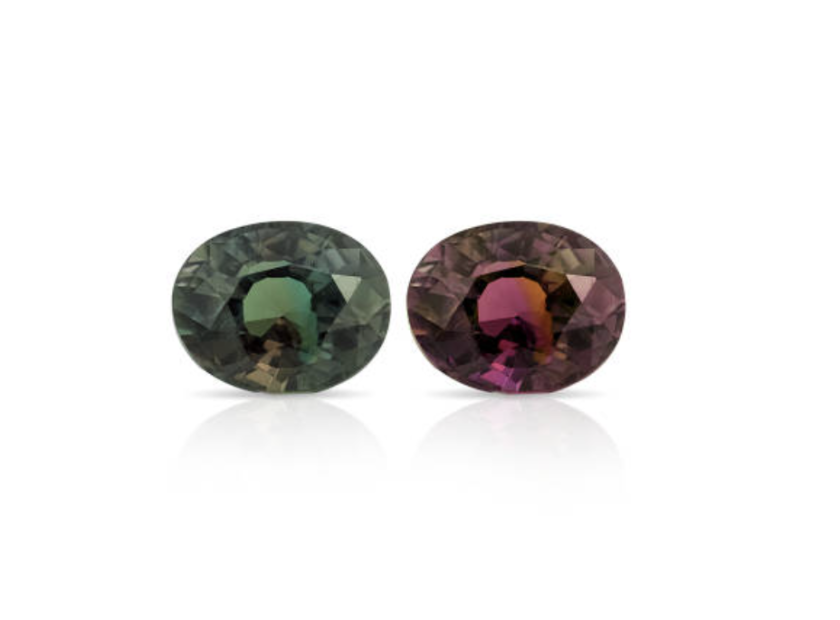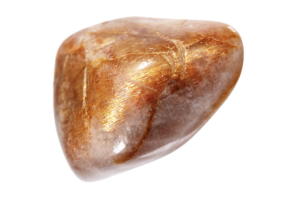USD
/
USD
/
Shipping to:
Currency:
How to Identify a Genuine Alexandrite: A Guide to Spotting the Real Deal
Alexandrite is a remarkable and rare gemstone, celebrated for its unique ability to change color under different lighting conditions.
This captivating feature, combined with its scarcity, makes alexandrite highly sought after and, consequently, a target for imitations.
If you're considering acquiring this gem, it's essential to know how to distinguish a genuine alexandrite from synthetic or simulated versions.
In this guide, we'll explore the key characteristics of authentic alexandrite and provide practical tips to help you identify the real deal.
The Unique Color Change of Alexandrite
One of the most distinctive features of alexandrite is its color change phenomenon.
In natural daylight or fluorescent light, genuine alexandrite typically appears green to bluish-green.
Under incandescent or candlelight, it transforms to a purplish-red or reddish hue.
This dramatic shift is due to the complex way alexandrite absorbs light, influenced by the presence of chromium ions in its crystal structure.
When assessing an alexandrite's color change:
- Observe the Stone Under Different Light Sources: View the gemstone in natural daylight and then under incandescent light to witness the color transition. A genuine alexandrite will exhibit a noticeable and distinct change.
- Evaluate the Intensity of the Color Change: High-quality natural alexandrites display a strong and clear color change. Stones with weak or minimal shifts may be of lower quality or possibly synthetic.
If you're drawn to bold, alternative designs, check out non-traditional engagement rings.
Examining Clarity and Inclusions
Natural alexandrites typically contain inclusions—internal characteristics that occur during their formation.
Common inclusions in genuine alexandrite include:
- Silk Inclusions: Fine needle-like inclusions that can create a soft sheen.
- Liquid Veils: Feather-like inclusions indicative of natural formation processes.
In contrast, synthetic alexandrites often have fewer inclusions and may appear "too perfect."
However, some lab-grown stones might contain inclusions that mimic natural ones, making visual inspection alone insufficient for definitive identification.
For more beautiful pieces featuring colored stones, check out gemstone rings.
Understanding Synthetic and Simulated Alexandrite
The market offers both synthetic (lab-created) and simulated alexandrites:
- Synthetic Alexandrite: These are created in laboratories and have the same chemical composition as natural alexandrite. They exhibit similar color change properties but are generally more affordable.
- Simulated Alexandrite: These stones, such as color-change sapphires or spinels, merely mimic the appearance of alexandrite without sharing its chemical or physical properties.
Distinguishing between natural and synthetic alexandrite can be challenging.
Synthetic versions may display more vivid color changes and lack natural inclusions.
Simulants, on the other hand, often have different refractive indices and densities.
Want to learn more about lab-created stones? Check out this guide on lab-grown diamonds vs gemstones.
Testing Methods for Alexandrite
To accurately identify genuine alexandrite, consider the following methods:
- Refractive Index Measurement: Using a refractometer, measure how light bends as it passes through the gemstone. Genuine alexandrite has a refractive index between 1.741 and 1.760.
- Spectroscope Analysis: This tool can detect specific absorption lines unique to alexandrite, helping differentiate it from other stones.
- UV Fluorescence: When exposed to ultraviolet light, natural alexandrite may exhibit a red fluorescence, though this can vary based on the stone's origin.
These tests can provide helpful insights but are often best performed by professionals using specialized tools.
If you're fascinated by how nature creates these gems, explore this article on how gemstones and diamonds are formed.
Seeking Professional Evaluation
Given the complexities in identifying genuine alexandrite, consulting with a certified gemologist is highly recommended.
Professional gemological labs such as the Gemological Institute of America (GIA) can provide detailed reports and certification.
This verification offers peace of mind, especially for valuable purchases.
If you're browsing for colorful center stones, check out the full range of gemstone engagement rings.
Tips for Purchasing Alexandrite
- Request Certification: Always ask for a gemstone certificate from a reputable lab.
- Research the Seller: Buy from well-established and trustworthy jewelers or dealers.
- Be Cautious of Prices That Seem Too Good: Genuine alexandrite is rare and valuable. Suspiciously low prices could indicate a synthetic or imitation stone.
- Check Return Policies: Make sure the seller provides a clear return policy in case the stone doesn't meet expectations upon inspection.
Frequently Asked Questions
How rare is natural alexandrite?
Natural alexandrite is extremely rare, especially in larger sizes and with strong color change. This rarity makes it one of the most valuable gemstones in the world.
Can synthetic alexandrite match the quality of natural stones?
Synthetic alexandrites can look very similar to natural ones, but they don’t carry the same rarity or value. Natural stones are far more desirable to collectors and investors.
Why does alexandrite change color?
Alexandrite changes color due to how it absorbs and reflects light, influenced by chromium in its structure. It appears greenish in daylight and reddish in incandescent light.
Is it safe to buy alexandrite without certification?
Buying without certification is risky. Always ask for documentation from a trusted gemological lab to ensure authenticity and protect your investment.








